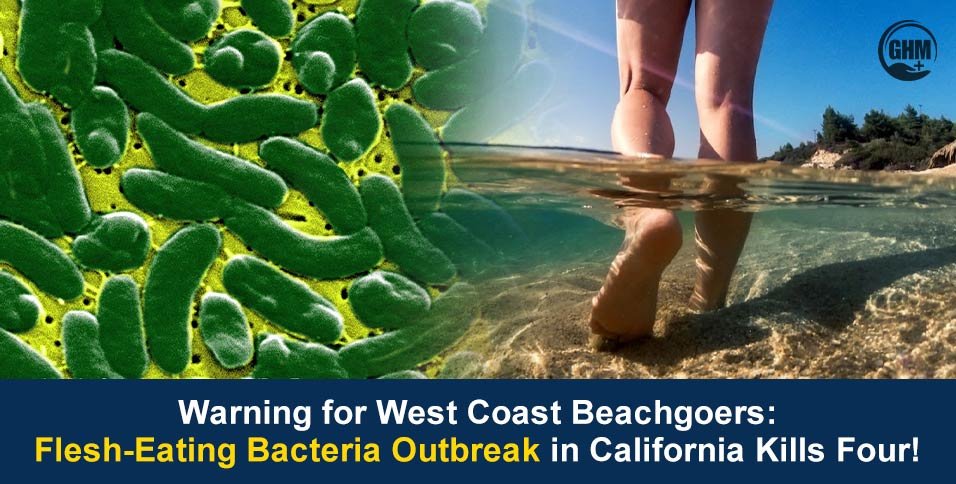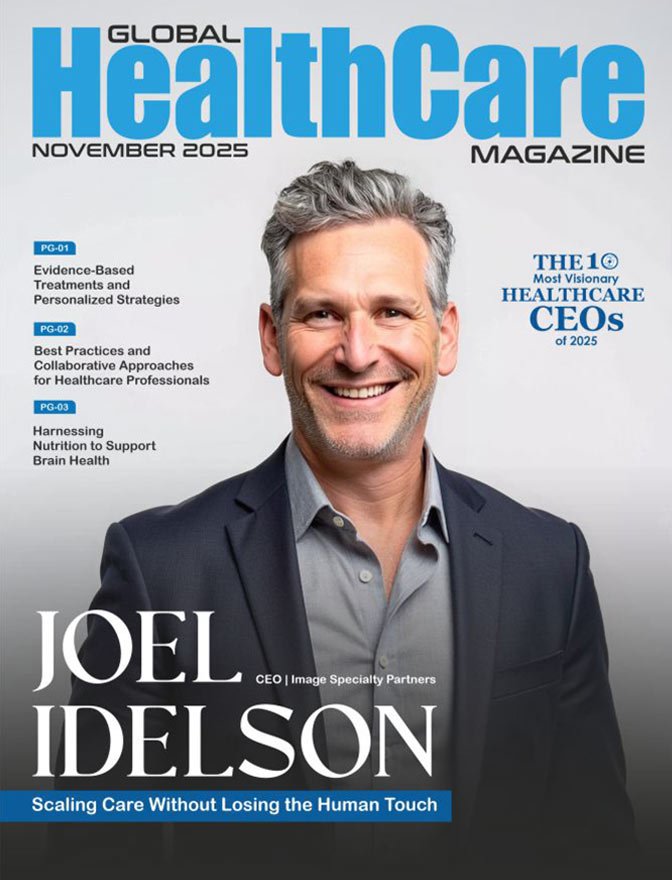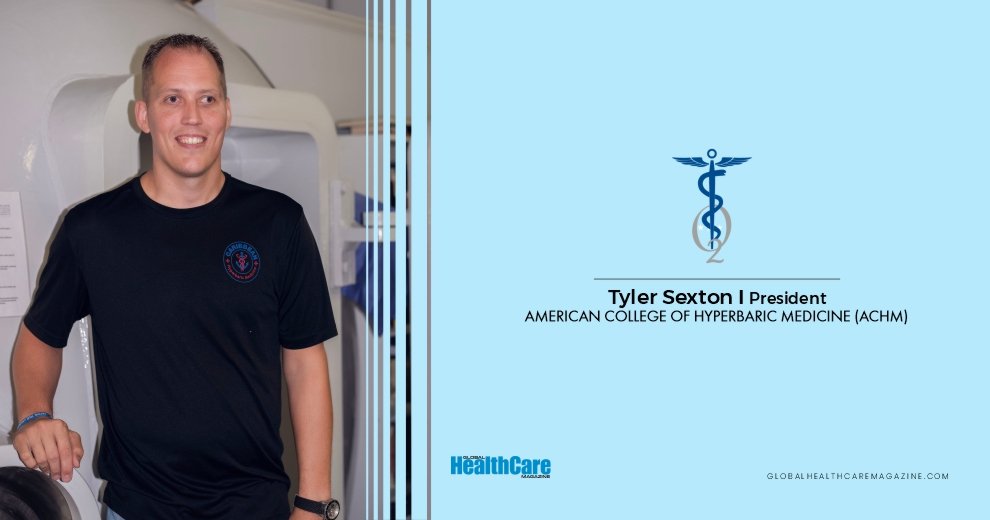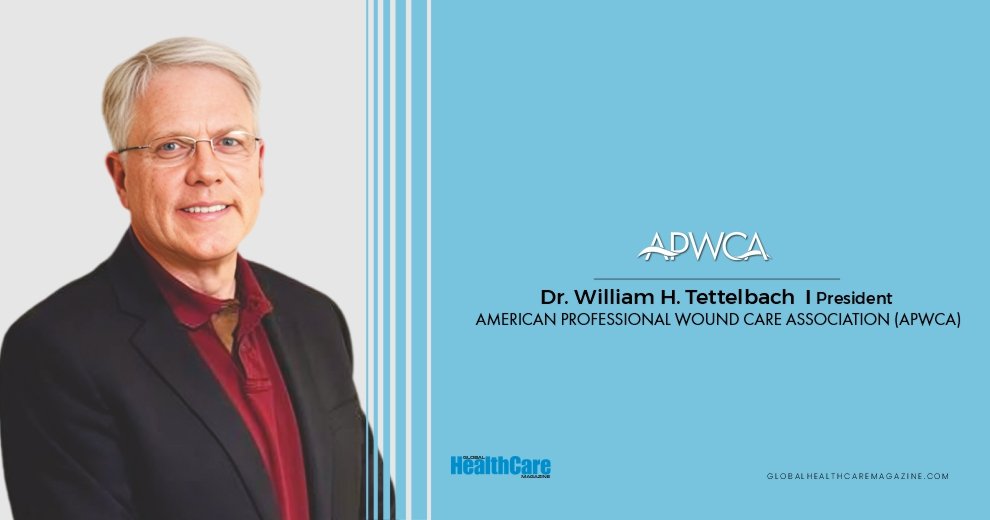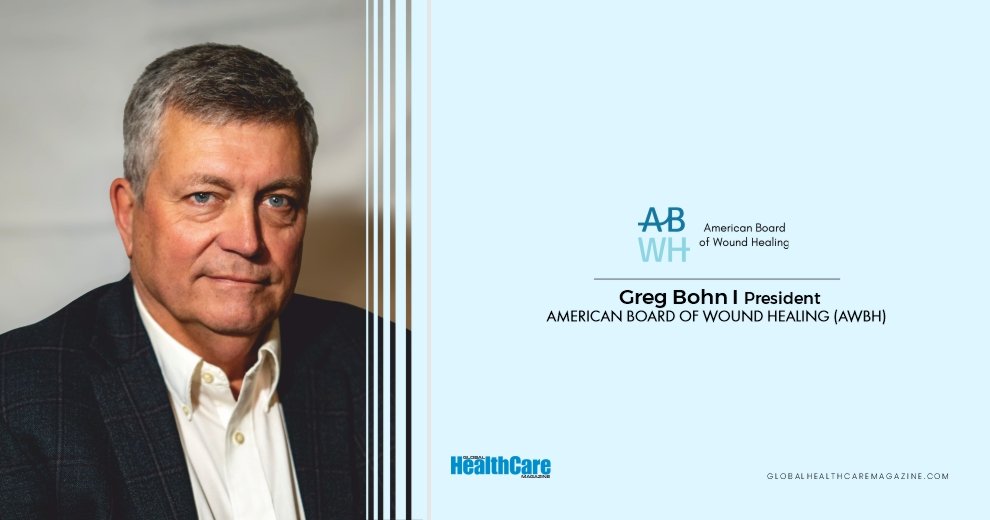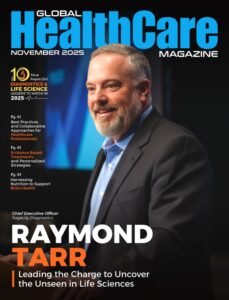Flesh-Eating Bacteria Outbreak Alarms Health Officials and Investors Alike
A sudden Flesh-Eating Bacteria Outbreak in Florida has shaken both public health authorities and healthcare investors this summer. With 11 infections and four tragic deaths reported across multiple counties, including Hillsborough, Broward, and St. Johns, the alarm bells are ringing louder than ever for the U.S. healthcare system—and those watching its financial pulse.
The outbreak, driven by the fast-acting marine bacterium Vibrio vulnificus, is not just a biological crisis—it’s becoming an economic one. Florida’s lucrative tourism, seafood, and coastal healthcare sectors now face mounting pressure as the state grapples with rising infections, environmental risks, and long-term medical costs.
Understanding the Bacteria Behind the Threat
Vibrio vulnificus, often dubbed the “flesh-eating” bacterium, thrives in warm, brackish coastal waters—a condition now more prevalent due to climate change and hurricane activity. The bacterium enters the human body through open wounds exposed to saltwater or by eating raw or undercooked seafood, especially oysters.
Mild infections might start with diarrhea or skin swelling. But in severe cases, this bacterium causes necrotizing fasciitis, rapidly destroying skin, muscle, and tissue. Nearly 20% of these cases turn fatal, often within just 48 hours.
Climate Change and Hurricanes Fueling the Surge
The 2025 outbreak follows in the wake of Hurricanes Helene and Milton, which unleashed widespread flooding across Florida. These extreme weather events have increased inland exposure to contaminated waters, turbocharging Vibrio’s spread.
According to environmental health researchers, climate change has made Florida’s waters warmer for longer, turning them into a breeding ground for Vibrio vulnificus. The Centers for Disease Control and Prevention (CDC) now warns that outbreaks are spreading further north along the Atlantic seaboard.
This trend could have ripple effects across insurance markets, hospital capacity planning, and tourism-related healthcare policies.
Long-Term Impacts: A Costly Medical Burden
Survivors of the flesh-eating bacteria outbreak may face lifelong consequences, not just physically, but financially and emotionally.
Many patients undergo multiple surgeries, amputations, and skin grafts, leading to months or even years of rehabilitation. Chronic pain, fatigue, and trauma are common. Healthcare investors are watching closely as demand for specialized wound care centers, prosthetics, and mental health services surges.
Hospitals in affected regions have already begun scaling emergency preparedness plans, and supply chains for antibiotics and critical care devices are being reevaluated by stakeholders.
Government Warnings and Business Precautions
In response to the growing threat, the Florida Department of Health, with support from the CDC, has issued aggressive public advisories:
- Avoid swimming in saltwater or brackish water with any open cuts or wounds.
- Do not eat raw or undercooked oysters and shellfish.
- Wear protective gloves when handling raw seafood.
- Seek immediate care if wounds show signs of infection after beach or seafood exposure.
There is no risk of person-to-person transmission, but the environmental exposure is proving deadly enough.
For businesses along the coast—from seafood distributors to hospitality chains—these advisories are not just health notices; they’re economic fire drills. Restaurants and beach resorts must now weigh food safety protocols, staff training, and liability insurance policies amid rising consumer concerns.
A Growing Threat to the Healthcare Industry
The flesh-eating bacteria outbreak has exposed deep vulnerabilities in how coastal states respond to climate-exacerbated health threats. Since 2016, Florida has recorded 448 cases and 100 deaths from Vibrio vulnificus. But experts believe the actual numbers are significantly higher, citing underreporting and inadequate surveillance.
This outbreak is a stark reminder: Public health crises don’t just claim lives—they strain systems, reshape policies, and rattle markets. Healthcare executives and public officials now face the urgent task of updating coastal health infrastructure, investing in faster diagnostics, and preparing for future outbreaks driven by environmental instability.
Final Word: Coastal Vigilance Is Key
As the flesh-eating bacteria outbreak unfolds, Florida’s beaches and seafood markets remain under close watch. With warmer waters and more hurricanes on the horizon, Vibrio vulnificus may be here to stay, and its impact will be felt well beyond the ER.
Tourists, locals, and investors alike must understand: this isn’t just a seasonal scare. It’s a wake-up call for a new era of climate-driven health emergencies.

